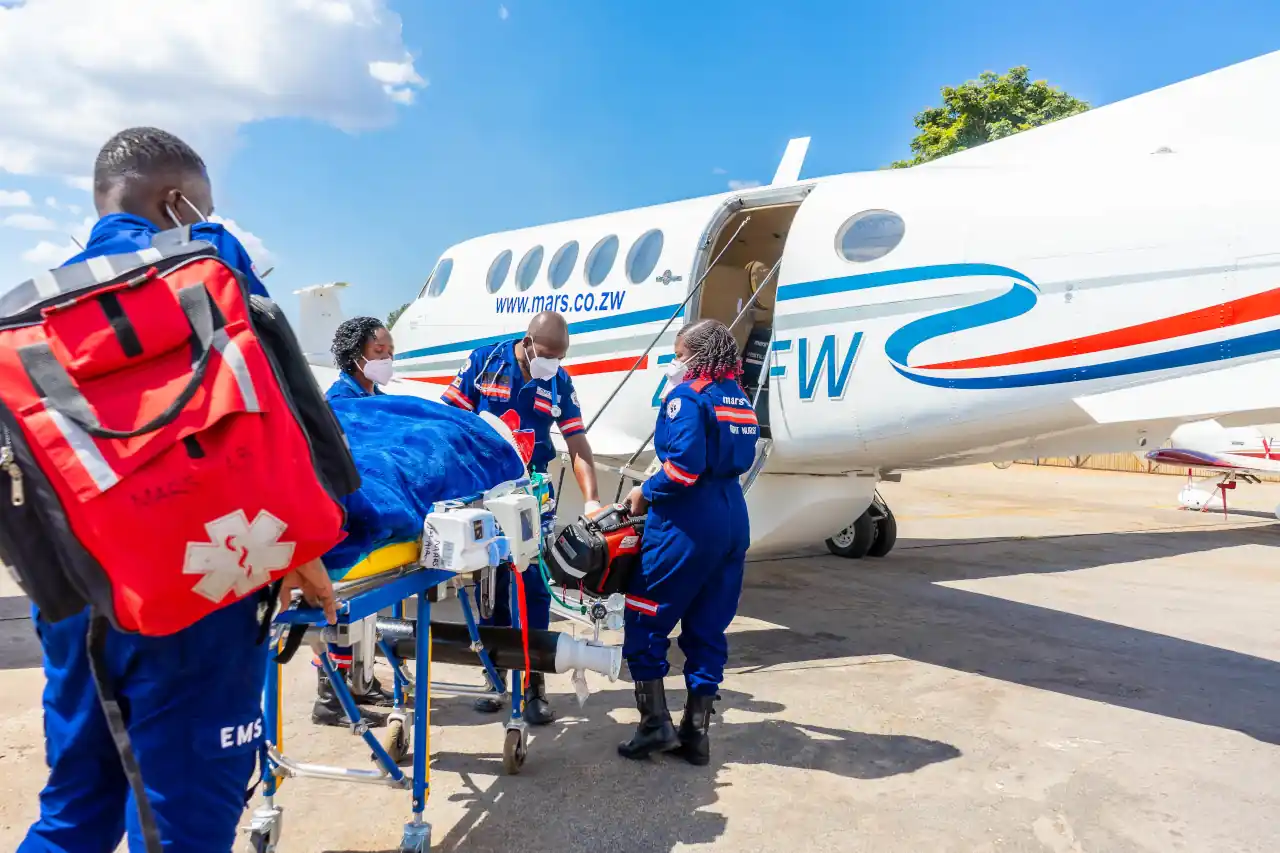Bindura is a town located in the province of Mashonaland Central, Zimbabwe. Situated in the Mazowe Valley, approximately 88 km northeast of Harare, Bindura serves as the administrative capital of the province.
With a rich history, diverse culture, and strategic geographical location, Bindura has become a significant centre in the region.
Name Origin
The town was initially known as Kimberley Reefs, named after the gold mine that commenced operations in 1901. However, in 1913, with the arrival of the railway, the town underwent a name change to Bindura.
The name is believed to be an Anglicised version of the Shona phrase, “pindura mhuka,” which translates to “turn the game.”
ALSO READ: https://zimprofiles.com/marondera-a-comprehensive-guide-to-zimbabwes-historic-town/
History of the Area

The area around Bindura has a rich and varied history, stretching back centuries before the arrival of Europeans. Here’s a brief overview of its key historical phases:
Early Inhabitants:
- The earliest archaeological evidence in the area suggests human presence at least 2000 years ago.
- The predominant pre-colonial inhabitants were the Shona people, who established agricultural communities and trade networks.
- Oral traditions speak of powerful chiefs and kingdoms, such as the Rozvi Empire, which exerted influence over the region.
Colonial Arrival and Gold Rush:
- In the late 19th century, European prospectors arrived in search of gold.
- In 1901, the discovery of gold at Kimberley Reef led to the founding of a settlement, initially named Kimberley Reefs.
- The gold rush attracted miners and settlers, leading to rapid growth and the development of infrastructure like a railway, reaching the town in 1913.
- The name was changed to Bindura, possibly derived from the Shona phrase “pindura mhuka,” meaning “turn the game,” symbolizing the transformation brought by the gold discovery.
Post-Colonial Era and Transformation:
- After Zimbabwe’s independence in 1980, the focus shifted from gold to other resources like nickel and copper.
- The Trojan Nickel Mine, located near Bindura, became a major source of employment and foreign income.
- The establishment of Bindura University of Science Education in 1996 further bolstered the town’s importance as a regional centre for education and scientific research.
- Bindura’s population has steadily grown, reaching over 46,000 in the 2012 census.
Challenges and Prospects:
- Like many Zimbabwean towns, Bindura has faced economic and social challenges in recent years.
- However, the presence of the university, the mining industry, and a relatively skilled workforce offer potential for future development and investment.
Further Exploration:
If you’d like to delve deeper into specific aspects of Bindura’s history, such as the Shona cultural heritage, the gold rush era, or the development of the Bindura Nickel Corporation, feel free to ask! I can provide more detailed information and resources for further exploration.
Geographical Location
Bindura is located in the Mashonaland Central province of Zimbabwe, approximately 85 kilometres northeast of the capital city Harare. Its geographical coordinates are:
- Latitude: -17.5833° South (17° 35′ 0″ S)
- Longitude: 31.3333° East (31° 20′ 0″ E)
Here’s some additional information to help you understand Bandura’s location:
- Region: Mashonaland Central
- District: Mazowe
- Altitude: 1,144 meters (3,753 feet) above sea level
- The nearest major city: is Harare (85 km northeast)
- Other nearby towns: Concession (30 km north), Shamva (40 km east), Guruve (60 km northwest)
It is an hour’s drive from Harare along Mt Darwin Road, sharing boundaries with Chaminuka and Mazowe Rural District Councils.
The perennial Mazowe River flows around Bindura, defining its northeastern perimeter.
ALSO READ: Ralph Kahango Biography | Early Life & Education, Personal Life, Career, Culinary Aspirations
Lodges
- Mayfair Lodges and Restaurant:
- Rutati Guest House
- Serenity Guest House
Places to Visit
- Trojan Nickel Mine: Formerly Bindura Nickel, mines nickel, copper, and cobalt, operating a smelter refinery just south of the town.
- Mazowe River: The perennial river flows around Bindura, providing natural beauty and recreational opportunities.
Culture
The town of Bindura boasts a culturally rich environment, with friendly people contributing to its unique identity. The local culture reflects the amalgamation of historical influences and contemporary practices.
Weather
The region experiences diverse weather patterns, influenced by its geographical location. Visitors can expect varying temperatures and seasonal changes, contributing to the agricultural activities in the area.
Schools

Picture credit to BUSE
Here are some pre-schools, primary and high schools found in Bindura:
Pre-schools:
- Triple Tee Pre-School
- Barney’s ECD centre
- Happy day center
Primary schools:
- Shashi
- Thrums Primary School
- Chipadze
- Cornerstone Primary School
High schools:
- Chipindura High School
- Chipadze High School
- Delmonds Academy
- Bindura University of Science Education (BUSE): A higher education institution contributing significantly to the academic landscape of Zimbabwe.
Trivia
- Population Growth: The town’s population has witnessed substantial growth, from 18,243 in 1982 to 46,275 in 2012, indicating its importance and development over the years.
References
- Bindura University of Science Education
- Type: Higher Education Institution
- Country: Zimbabwe
- Bindura on Wikipedia
- Population data from 1982, 1992, and 2012 Censuses
- Mining activities of Trojan Nickel Mine
- Historical background and name origin



